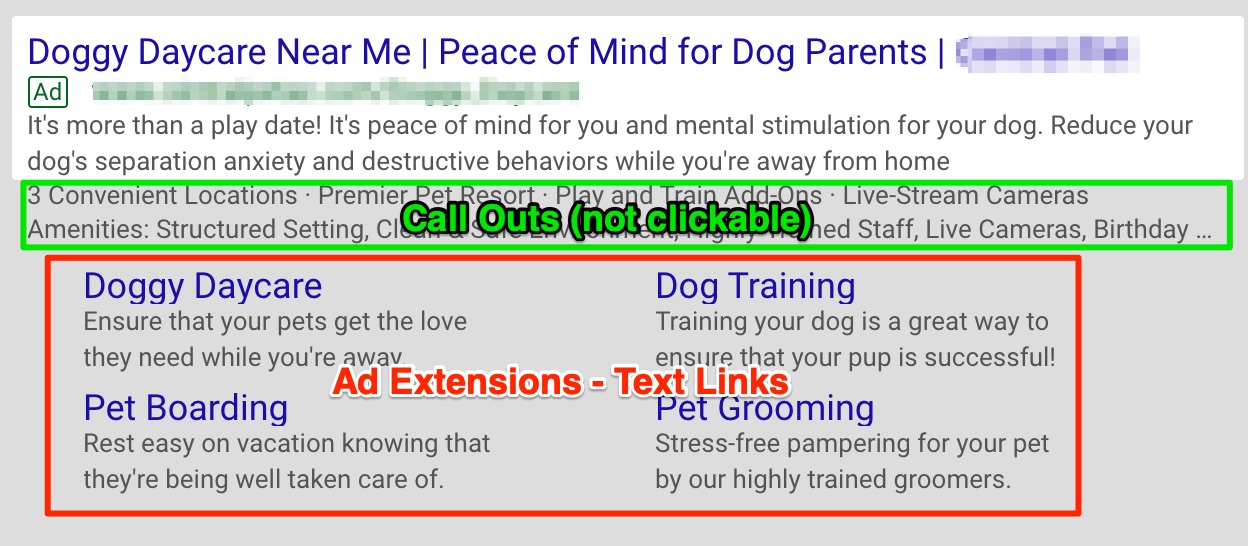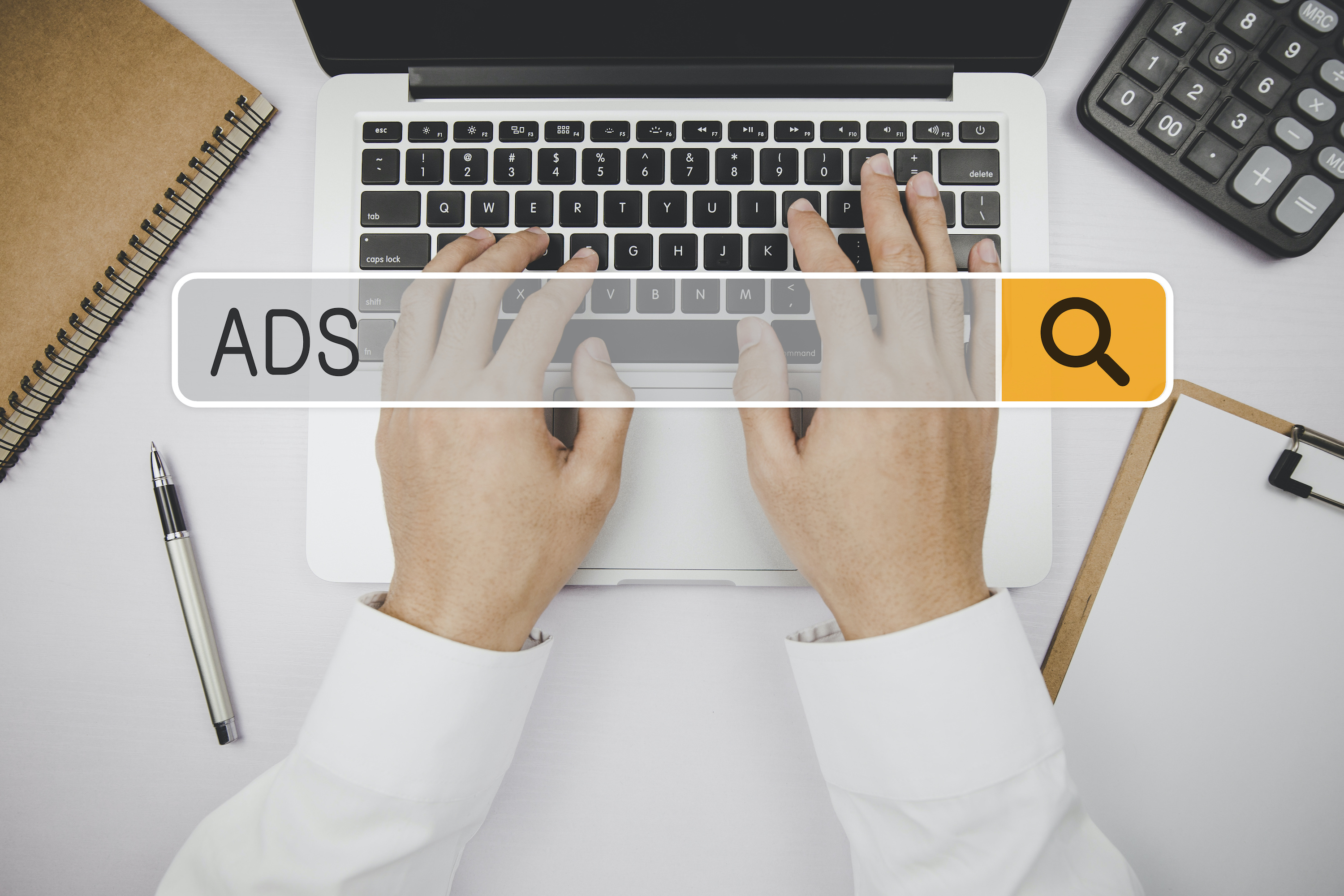Paid search ads are an integral part of a solid inbound marketing strategy. They are a fast and efficient way to generate leads, retarget prospects, and increase brand awareness.
A smart paid search campaign can boost your marketing effort and generate quick results. However, a poor approach can be a huge money waster.
Knowing how paid search ads work and what drives their costs can help you streamline your inbound marketing campaign and reap significant benefits.
8 Ways to Improve Google Ads Performance
How Does Google Ads Work?
When creating your paid search strategy, you can take advantage of search engine ad platforms, such as Google Ads and Bing Ads. They work similarly. Google Ads is more popular, has a better interface, and provides a wider variety of options. So if you are just starting out, consider exploring them first.
an auction system
Google Ads is an auction system. You make a bid for your ad to appear on SERP (search engine result page) in response to a certain keyword entered by the searcher. Each time a user clicks your ad, you pay for it, hence the name — PPC (pay-per-click) ads.
The size of your bid isn't the only factor affecting the possibility of your ad appearing in the right place at the right time. Other parameters include:
- The quality of your ad — how relevant your keywords, ad, and website are to the searcher's request.
- Ad extensions and other ad formats — how additional information in your ad (extensions) and other ad formats are relevant and useful to the searcher.
One of the best parts about the Google Ads auction is that even if your bid isn't the highest, you can still win. It becomes possible if the quality of your ad, the relevance of your landing pages, and the value of your ad extensions are high.
ad ranking
To rank your ads, Google determines the Quality Score, which affects your CPC (cost per click). Google's quality score depends on:
- Your CTR (click-through rate)
- The relevance of the keyword to its ad group
- Landing page quality and relevance to the search
- The relevance of the ad itself
- The history of your Google Ad account performance.
The higher your Quality Score is, the less you pay for each click. To get as much as possible from your paid search campaign without paying a fortune, you need to work on improving your Quality Score and adjusting your strategy.
8 Ways to Decrease Your Cost Per Click and Increase Conversions with Google Ads
As much as we wish paid search ads were as easy as "set it and forget it." They aren't. Not only is there work that needs to be implemented before you begin running ads, there is also maintenance to both the ad campaigns and your website that needs to take place on a continuous basis. Here are eight ways to improve your paid search efforts:
1. Optimize Your Website Content
The web page your ad leads to must be optimized for the keywords you're targeting with that ad. Google algorithms are aimed at determining the value of the content you offer. You can visit our blog for ideas on how to make your website content valuable to visitors.
When a searcher types "top telehealth companies for orthopedics" and clicks your ad, they should see a page that helps them identify why your product is a good fit for orthopedic doctors to use. This page should contain high-quality content and be optimized for both your SEO and paid search efforts.
2. Do Your Keyword Research
Using the right keywords is the pillar of your paid search ad marketing campaign. Besides choosing highly competitive keywords, pay attention to long-tail and negative keywords. They can help you attract clients who your bigger-budget competition misses.
Make sure to monitor your campaign closely to see which keywords bring you the majority of clicks and focus on them. The use of the right keyword can increase the ROI of your paid search ads campaign.
Keyword research should be an ongoing effort. As your target audience evolves, so should your keywords.
3. Work on Your Website's Technical Components
When determining the quality of the page the ad leads to, content isn't the only factor. Your website should be healthy from a technical standpoint. This is often referred to as technical SEO. It's a little harder to do these things without a developer in some cases, but they should not be overlooked. Technical SEO includes:
- Website speed
- Mobile-friendliness
- XML sitemap
- Optimized robot.txt
- Sound (not broken) links
- Schema markup
- And much more.
👀 Pro tip: In 2021, Google will focus on Core Web Vitals to determine the ranking of your website. These parameters are likely to affect your Quality Score.
4. Use the Correct Bidding Methods
Google Ads gives you a variety of bidding options. The method you choose should be based on your overall marketing strategy, goals, and budget.
- Manual cost per click — sets bids at the ad group or keyword level to allow better campaign cost management and more precise targeting.
- Automated cost per click — allows Google to adjust bids up or down to help you get as many bids as possible within the daily budget. It's an excellent method for low-budget, lead-generating campaigns.
- Flexible bids — you can choose out of six flexible bidding strategies, which allow you to automate bids how, where, and when you want them. These bids are great for improving performance in ad auctions.
5. Create Multiple Ads for Each Ad Group
There are quite a few ways people search for the same thing. It's important to have ads that are similar and on the same topic, but written differently. We suggest using a few different types of PPC ads available through Google:
- Standard Ads - you choose the verbiage that can appear.
- Responsive Ads - You give Google several headlines and sets of subtext to use in various combinations based on what was searched
- Dynamic Ads - You give Google the destination page and it will create ads based on what it sees on your page. This goes back to point #1 where we said that your content has to be highly correlated to the topic of the ad. If it's not optimized, hold off on using this type of ad until you've done #1.
We find that responsive and dynamic ads have a higher click through rate and a higher conversion rate than standard ads in most cases. The Click Through Rate (CTR) is sometimes 10x or more compared to standard ads. And the conversion rate is typically better on the responsive or dynamic ads, it depend on how well you have placed a call to action on the destination page.
6. Create Ad ExtensionsHigh-quality ad extensions can be a cost-deciding factor for your paid ad campaign. Extensions are free. To drive the paid ad costs down, consider creating at least one, but as many of the following extensions as you can:
- Sitelinks - Which are deep links to specific pages on your website, such as a Contact Us or Pricing page.
- Call - With a phone number or call button
- Location - Connect to your Google My Business page for easy direction or address access
- Callout - We use callout extensions for special or unique offers
- Structured snippets - To list out specific products, services, or service areas
- Price - Highlight the costs of products or services
- App - Include a button to download your app straight from an ad
Google Ads selects which extensions are the most relevant to the search. That's why you want to be sure you create as many as possible without being repetitive.
Here's the anatomy of a Google PPC ad with the ad copy, the callouts and the sitelinks. This particular one doesn't show a phone number, but we try to use that as much as we can too.

Google can add extensions automatically by pulling information from your website. While it's a nice perk, you should still set up extensions manually in order to maintain control over your ad appearance.
7. Use Location Targeting
If you are a local business, you need to take advantage of location targeting. This allows you to reach the right target audience and make your ads more relevant to the searcher. Your address can actually appear in the ad when you connect your Google Places account to your Google Ads account
Google Ads allows your advertisements to appear to audiences in certain geographic locations. You can either add or exclude necessary locations to optimize your campaign.
8. Test and Experiment
A perfect paid search ad cost-cutting strategy doesn't exist. Be ready to make some mistakes. A smart way to keep costs low is experimenting with a variety of strategies, ad types, content, extensions, and more.
Google Ads allows you to monitor your paid ads campaign in high detail. By a/b testing properly, you can single out the most effective ads without paying a fortune for them.
Keep Your Paid Search Ad Costs Low
While paid search ads may seem complicated and costly at first glance, it's possible to master them. The key drivers behind the cost are the quality of your website, the value of the content, and the right approach to a/b testing.
If you need assistance with optimizing your paid search ad campaign expenses, don't hesitate to contact us today. You might also be interested in learning more about how to use your website to attract more leads. Check out our Inbound Marketing Guide.
October 27, 2020




